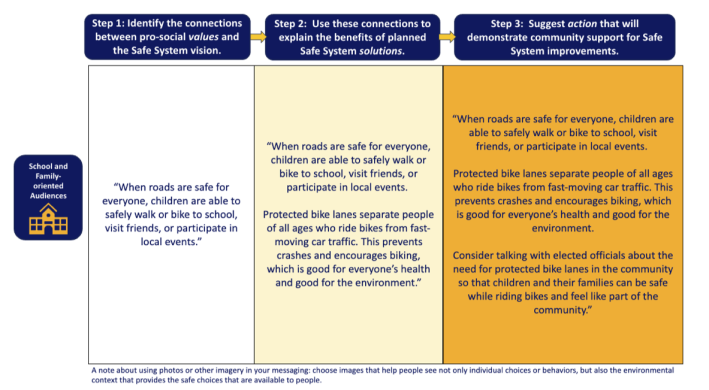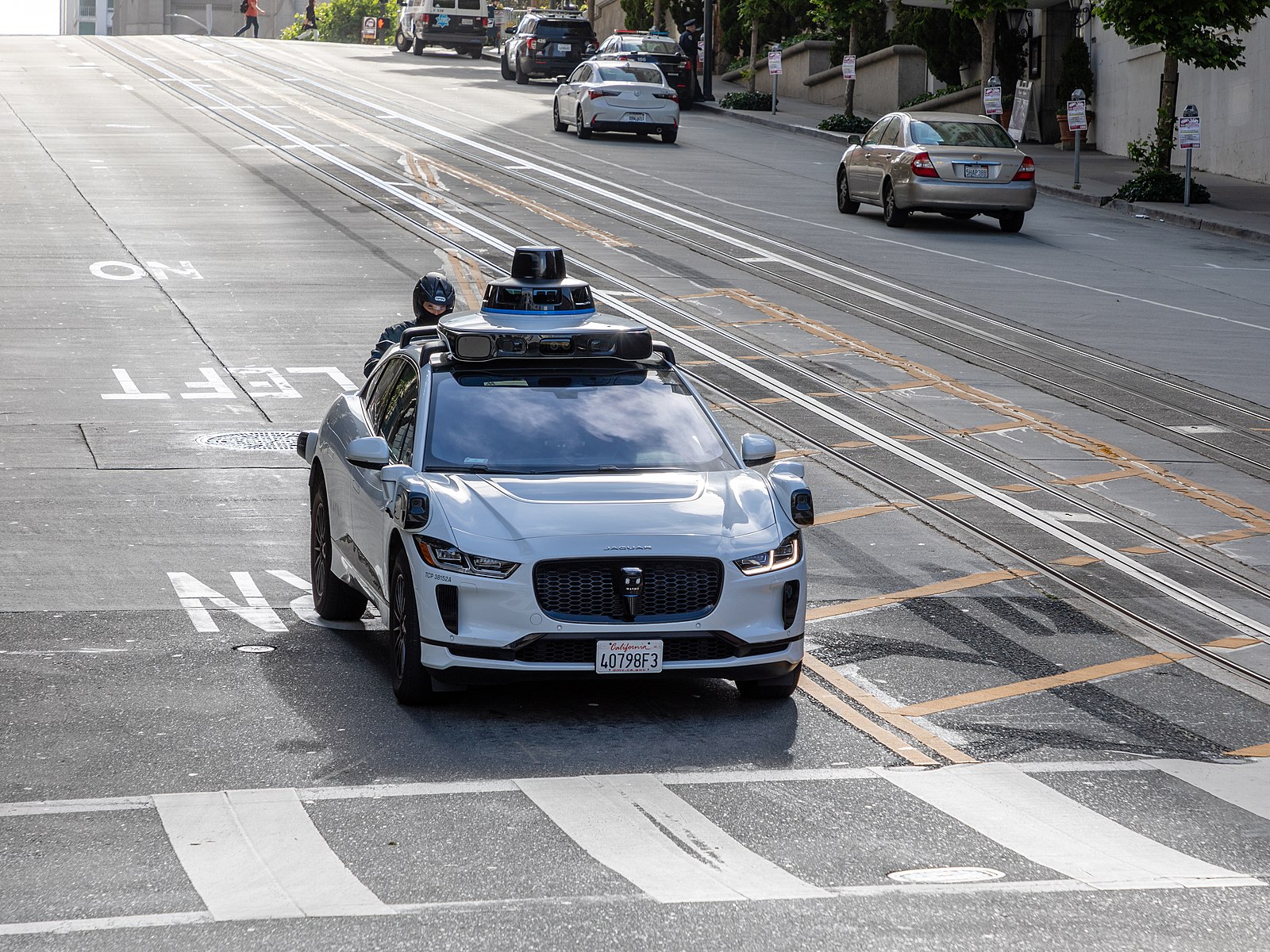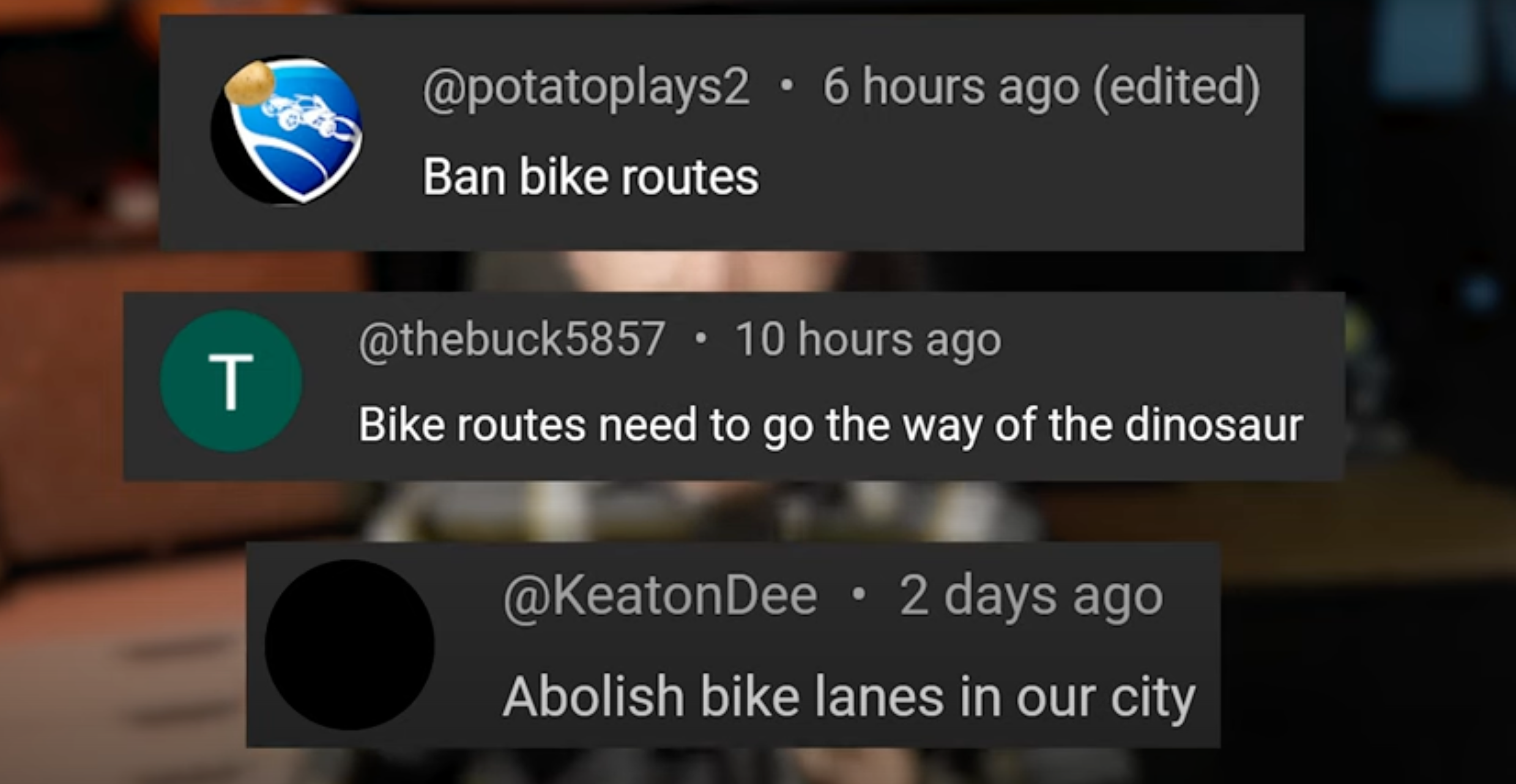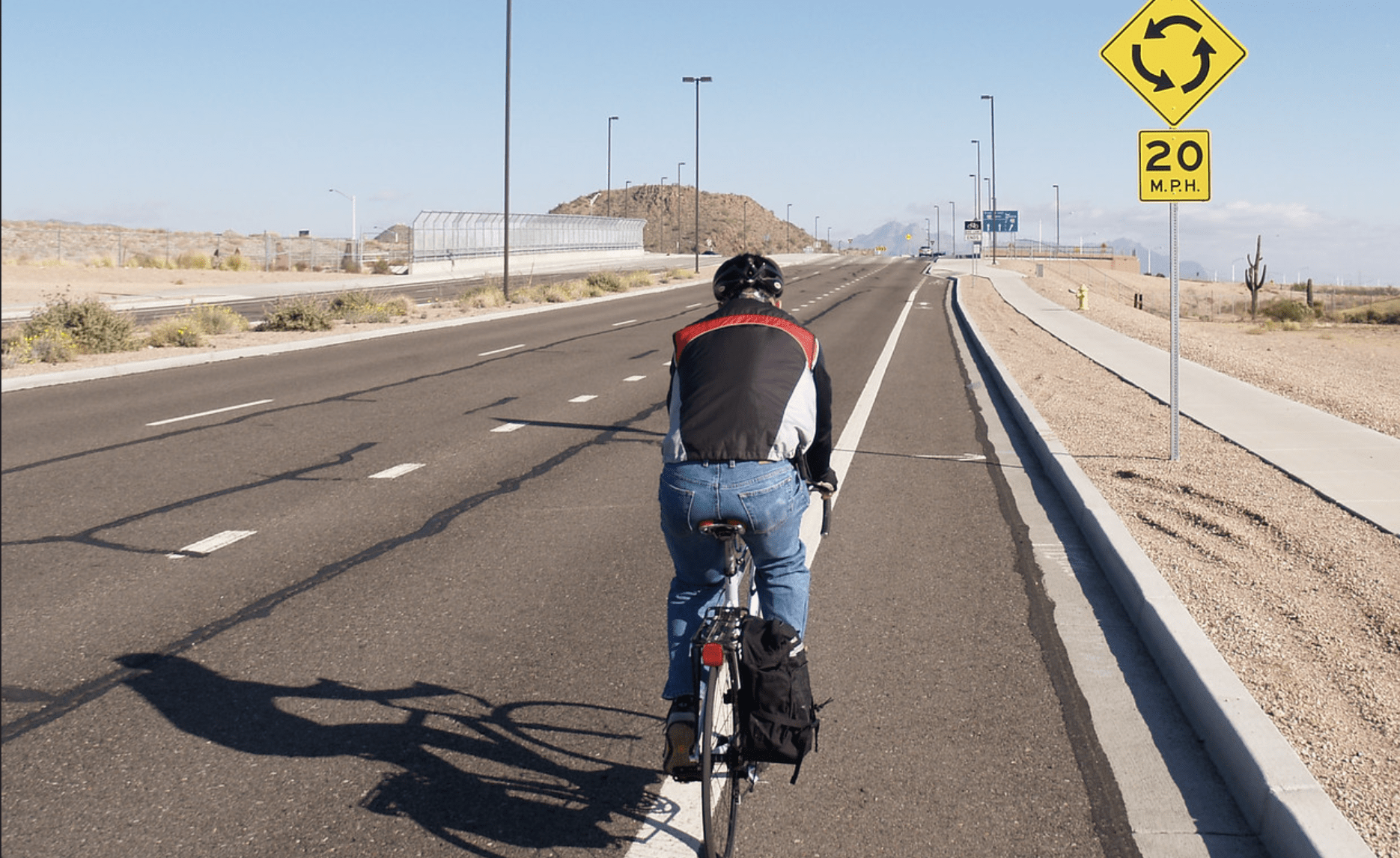Advocates and lawmakers need to find better ways to convince their community that structural reform is an urgent priority to address America’s traffic safety crisis — and stop blaming individuals for failing to save lives on their own, a new report argues.
Researchers at the AAA Foundation for Traffic Safety focus-grouped hundreds of traffic safety professionals on how their communities perceive the strategies associated with the “Safe Systems” approach. Originally known in Sweden as Vision Zero, Safe Systems argues, essentially, that eliminating traffic deaths and serious injuries requires not just road users to behave safely, but a whole system of safely designed roads, vehicles, and speed limits, as well as quality post-crash care, which work together to minimize harm if and when crashes happen.
Then, they dug deep into what messaging might compel communities not just to embrace that holistic vision, but become true partners in the movement for systemic change — even if they have zero exposure to Vision Zero jargon.
"Our view is that the average consumer has no idea what the 'Safe Systems' approach is," said Jake Nelson, director of traffic safety advocacy for the group. "And I think it’s a fair to say that they don’t need to know. What’s more important is to communicate about the countermeasures and solutions that improve roadway safety in a way that builds public support for them. And that might not even include the actual name of the 'Safe Systems' approach."
That conversation couldn’t be more timely. U.S. DOT formally adopted the Safe Systems approach nationwide for the first time in 2021, and today, more than half of U.S. residents live in communities that have received funding from the agency to develop regionally specific Vision Zero plans. But after decades of local safety strategies that rely heavily on enforcement, hectoring PSAs, and little else, Americans might struggle to accept new ideas — unless effective messaging campaigns manage to meet them where they are.
Here are three tips to win the public over, based on experts' personal experience:

1. Get personal
To get unique communities on board with new Vision Zero strategies, the focus group found, it's important to tailor your messaging to that region's unique needs and values — not what you think they should need and value.
The report authors gave the example of a bike lane, which transportation leaders in "a community with a strong bicycling culture may explain ... as a plus for bike riders, while a location where biking is not yet as common may point to their benefits to community air quality and noise reduction." A community with a lot of elementary schools, meanwhile, might emphasize the safety benefits of protected infrastructure for keeping kids safe — starting when the project is still in its planning phase, all the way up to the day of the ribbon-cutting.
All of those framings, Nelson says, are great examples of how communities can wield their unique "pro-social values" to effect change, rather than appealing to residents' self interest, which they, perhaps surprisingly, say doesn't work as well.
"Pro-social values just refers to thinking about the greater good, rather than just your individual role in a system," added Nelson. "It's about, 'How do I make the road system safer for all of us, including my neighbors — not just the people in the car with me?'"
It's also essential, the report authors wrote, if those values can be connected to hard evidence about "how the safety problem affects people — or how a Safe System solution helps people — in ways that are inclusive and relate to a wide audience." So rather than just telling an air quality-conscious population that bike lanes are great for reducing pollution, communities should come armed with stats for exactly how much pollution will be kept out of the skies as neighbors begin to ride — and how much worse the smog will get if they do nothing.
2. Stop blaming, start encouraging
Every year, transportation agencies invest millions of dollars into PSAs that scold road users to behave more safely. The AAA interviewees, though, "expressed a need to move away from blame messages that distract from solutions," and focus instead on "positive behavior language" that "provides clear roles for all those responsible for creating a Safe System for roadways."
"The average driver thinks they’re above average, but we can’t all be above average drivers," added Nelson. "We need to craft messages for a group of people who don’t think they’re the problem. Instead, we should talk about what we should do to help one another out. ... It’s more about motivating than demotivating."
Nelson said that might look like "motivating" speeding drivers to slow down by highlighting just how little time they'll save by breaking local limits — and how much less likely they'd be to hurt someone else if they just hit the brakes. It also might look like motivating residents to support a proposed new road diet by emphasizing how it will serve community values, like saving everyone in a cost-conscious community a little bit on their car insurance as local crashes go down over time.
3. Give residents clear routes to action
Of course, a community that's truly bought in to the Safe Systems ideal won't just allow a range of systemic strategies to take root in their region. They'll also recognize their own role in making those approaches a reality — even if no single individual can end car crash deaths alone.
That's why the AAA researchers say it's critical that transportation officials empower residents with clear, practical ways to support and shape their local Vision Zero strategies, beyond just being more careful on the road. That might involve advocating for more sidewalks with their elected officials, or participating in community engagement sessions about better road design — and local leaders, in turn, must give those communities every opportunity to get involved, particularly if they're historically underrepresented.
When all those pieces come together, Nelson says the sum can be far more than its parts.
"Safe systems give us multiple safety nets that reduce the probability that someone will die if a crash happens," he added. "We should continue to do what we can to prevent those crashes in the first place — but also recognize that we can’t ignore any crash factors."





